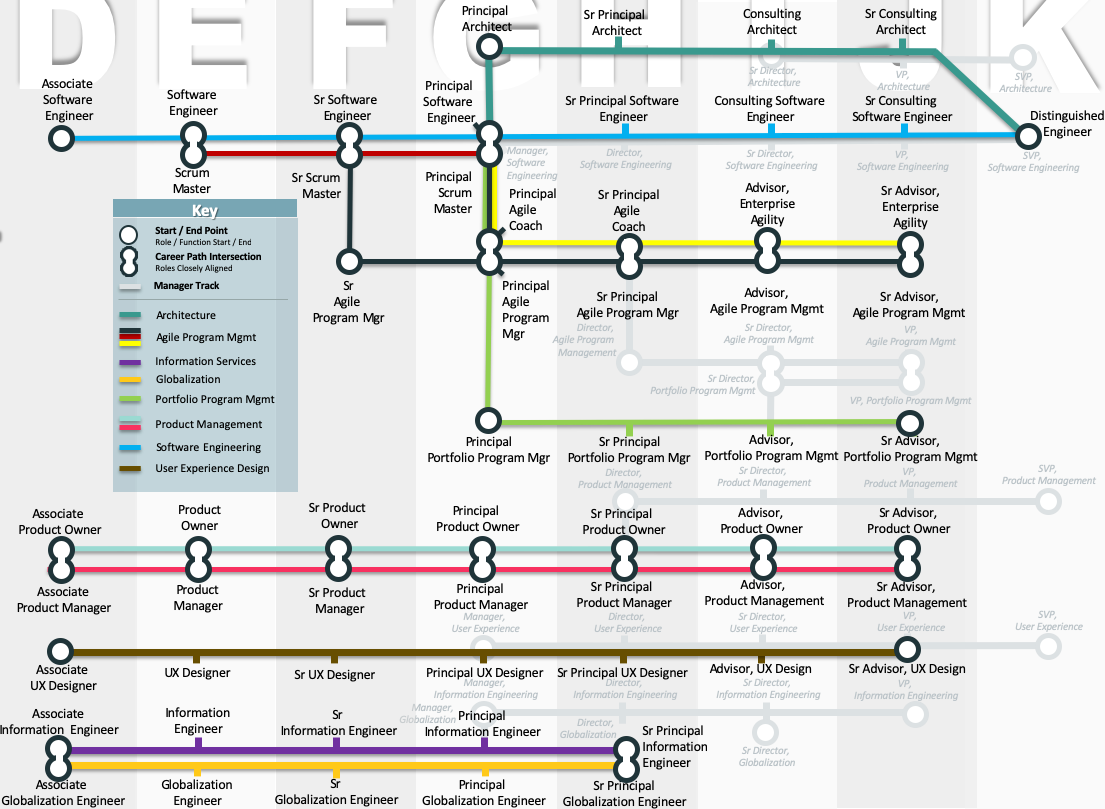
Spiritus is Latin for breath. Literally translated, words with this root define some form of giving or taking of breath: when you have an inspiration, an idea is “breathed” into your mind; when something expires, it has “breathed” out its last “breath” and when you aspire to something, you actually “breathe” towards that goal. It is quite a beautiful way of thinking about aspirations, that we are putting our life force of breath towards achieving something great. It is also quite overwhelming when put in that context, that we may be so focused on a goal it could consume each waking thought and action. We address how to balance our goals and priorities of life in a recent blog, The Time Management Myth, so that is not our focus here. Rather, we want to further explore the driving factors of aspiration and how to help HiPos see broader opportunities and avoid everyone trying to be the next CEO.
Potential is 33.3% Aspiration (or thereabouts)
Aspiration, (along with engagement and ability) is a key ingredient of a high-potential according to Gartner’s definition. With high intent to stay (engagement), likelihood of rising to (aspiration) and being effective in (ability) senior level roles, high potential employees can account for anywhere between 4x-10x of the productivity compared to an average employee. Why? They know what they want, have what it takes to get there, and plan to stay to see it through to the end. And it is not enough to have just one or two of these characteristics to be considered a High Potential – all are required. That’s not to say that top performers who are perfectly happy in their role should be managed out because they don’t aspire to more senior positions; they are the backbone of the organization, and you know you can build strong teams with them. So, with limited advancement opportunities, what do you do with those who have greater aspirations?
Excuse Me, Does This Train Stop at VP?
Let’s step outside of the box of traditional views around career progression. Instead of thinking of a career as a ladder where each role moves you one or two rungs higher than the previous, what if we think of careers like a subway (or metro, or tube, or underground, or railroad) map. The subway lines have specific destinations with various stops along the way. At many stops you have the option to switch to another line; some lines are local for those who may want to take their time and explore the area, and some lines are express for people who know exactly where they want to go and get there quickly. Now overlay a job architecture and voila!

It becomes clear where job functions and career paths overlap, and where skills can be transferred. Suddenly stretch assignments, cross functional projects, rotation opportunities, and lateral role experiences begin to show themselves and open a world of possibilities for high potentials to gain new knowledge, skills, and competencies to help them grow and contribute at a new level.
Using a subway map, or jungle gym metaphor is certainly not a new idea when thinking about career progression, and was in fact made popular in Sheryl Sandberg’s book Lean In: Women, Work, And The Will To Lead: “A jungle gym scramble is the best description of my career,” she wrote, and attributed the metaphor to Fortune magazine editor Pattie Sellers. Since HiPos tend to aspire to senior leadership roles (think General Manager, VP, SVP and C-Suite) that require strategic perspectives across the business, it seems like a no-brainer that broadening their resume with cross functional experiences would be table stakes. But, even HiPos have their faults.
Sneaky Saboteurs
In a previous blog on the Anatomy of Potential, we discussed the top four saboteurs that prevent HiPos from achieving their highest potential. The number one saboteur was Hyper-Achiever, someone who depends on achievement for self-respect and is highly focused on external success. That said, it is understandable how a step up the metaphorical ladder would make a HiPo feel validated and seen as successful. Conversely, for HiPos to see the many benefits in gaining cross-functional experiences from riding on the career train, it is essential for them to evaluate their perspective on learning and growth, or their mindset as world-renowned Stanford University psychologist Carol S. Dweck, PhD writes about in her book, Mindset: The New Psychology of Success. Dweck explains that we all have either a fixed or a growth mindset. Those with fixed mindsets believe that people are born with certain qualities, such as intelligence and talents that can not be changed. People with growth mindsets believe that personal traits can be improved and changed over time. This is a critical factor when discussing how HiPos evaluate a potential development opportunity. According to Dweck’s research and our own observations, HiPos are unlikely to pursue lateral opportunities to broaden their experience because they fear it will not be perceived externally as success; if you’re not going up, you’re not going anywhere. This is a pitfall of the Hyper-Achiever saboteur, as well as someone with a fixed mindset. They think that since they have been identified as High Potential, they should only be on an upward trajectory, and do not need to continue to learn and grow. They also fear that trying something in a new function may uncover chinks in their armor, and they will no longer be on a pedestal.
Coaching to Change Mindset
We’re not sure whether having a fixed mindset is common to HiPos in general, or if being identified as a HiPo puts people into a fixed mindset, but either way it can have devastating effects on their performance and ultimately their career. Fortunately, mindset can be changed. Coaching is an effective way to help HiPos explore their perspectives on learning and growth and challenge their limiting beliefs. By connecting external goals with internal values and motivations, a great coach can help employees see how taking a different stop on their career train can have huge long-term impact on their senior leadership aspirations. Just because it is not a straight climb up the ladder does not mean it will take longer. Or, even if it does, they will be more prepared, confident and successful by the time they get there. They may even discover a completely different path! The goal is to have the right people in the right seats, not 50 disappointed would-be CEOs.
What now?
If this article resonates with you, please share it with others. You can also leave a comment below to let us know you visited and share any additional insights you might be able to offer other readers.
And, if you’d like to know more about how you can unlock the potential in your High Potential employees in a safe, sustainable and scalable way, please visit www.grilledcheesecoaching.com, or join our mailing list.

